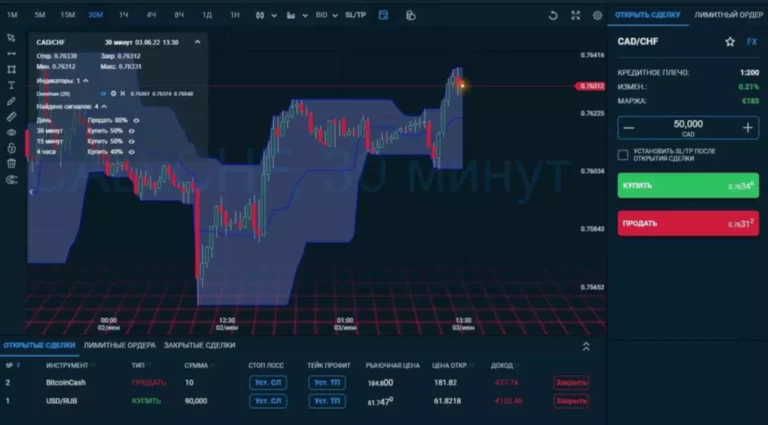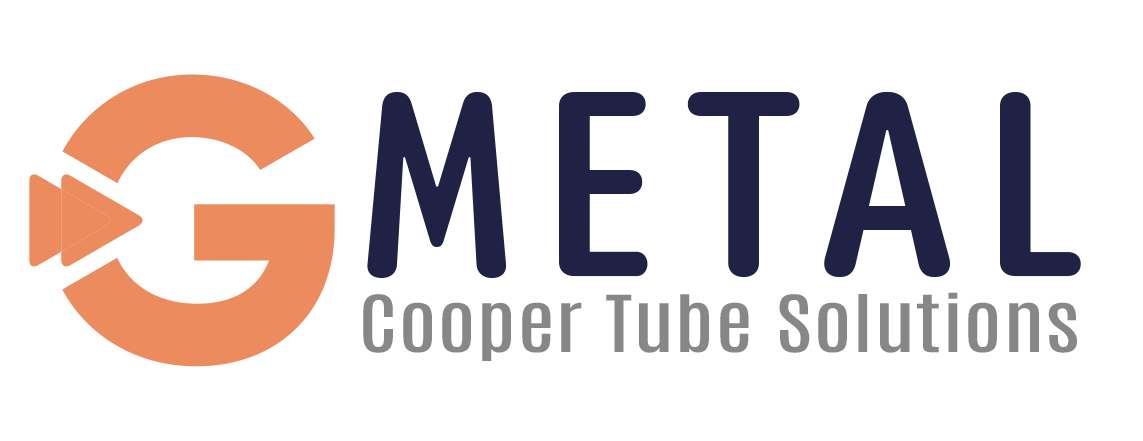What Is Proof Of Reserves And The Way Does It Secure Your Funds?
PoR blends blockchain expertise with financial auditing mechanisms to investigate, confirm, and report on the buying and selling activity of a crypto firm. Proof of reserve (PoR) refers to the process of verifying that users’ property kept in a crypto exchange or other financial institution are the same as the amount of assets the corporate has in its reserve on behalf of its users. The crashes of centralized exchanges happen extra typically than you might think, and every time they fail, users are doomed to lose their funds. To prevent their money and property from vanishing, customers are demanding centralized crypto exchanges to be audited.

While there isn’t a present regulation requiring proof of reserves, this can be coming quickly, particularly in light of many crypto corporations failing due to liquidity points in 2022. Proof of reserves is really helpful for any crypto firm that acts as a custodian for patrons, as it offers verifiable proof that buyer funds are secure. Noncustodial crypto corporations do not need to show what is proof of reserves proof of reserves, as they aren’t holding any buyer funds. Proof of reserves employs a secure knowledge structure generally recognized as a Merkle tree (or hash tree), which aggregates the entire of all buyer balances with out exposing any personal data. The Merkle root is the tamper-proof cryptographic fingerprint that auditors can entry to verify the balance information.
In traditional finance, a financial institution holds cash and other useful items in reserve, but in plenty of circumstances, it doesn’t maintain your actual deposits in full which means their reserves aren’t always backed one-to-one. Beyond USD-backed stablecoins—which are the most popular pegged assets throughout the DeFi ecosystem—Chainlink Proof of Reserve feeds can also be constructed to offer collateralization knowledge regarding any kind of pegged asset. These can include fiat currencies such as GBP or commodities like gold, increasing the transparency of a complete https://www.xcritical.com/ class of building blocks within DeFi. As such, stablecoins are a well-liked collateral choice and are fundamental to scaling the adoption of DeFi products. Released last week, it stated that at the time of evaluation, Binance managed in-scope belongings in extra of 100 percent of their whole platform liabilities. Yet, the report drew more controversy, with specialists stressing that the Mazars report means little with none details about the quality of Binance’s inner controls, similar to its systems for preserving correct books and records.
Newest Crypto Movies & News
To accomplish that, they should visit the crypto exchange that holds their assets and discover their Merkle leaf and Record ID. PoR helps crypto exchanges identify potential risk factors by providing a rundown of all property and holdings. This information allows exchanges to manage risks and respond higher to different preconceived threats. These materials are for basic information functions only and are not investment advice or a suggestion or solicitation to buy, sell, or hold any digital asset or to interact in any particular trading strategy. Some crypto merchandise and markets are unregulated, and you is in all probability not protected by government compensation and/or regulatory protection schemes.

Similarly, within the realm of digital belongings and cryptocurrencies, proof of reserves plays a crucial position in sustaining the integrity of the platform. By implementing proof of reserves, crypto platforms can provide proof that they possess the assets they declare to carry on behalf of their clients. In addition to providing proof of reserves audit reports, some exchanges supply users the possibility to confirm this data themselves. This could be carried out by making the exchange’s pockets addresses public and / or granting users access to Merkle data. It’s essential to note that the involvement of third-party auditors contributes to the transparency and trustworthiness of what proof of reserves is. Their goal evaluations present users with confidence in the change’s monetary health and adherence to business standards.
Defining The Idea: What Is Proof Of Reserves?
In the crypto world, nevertheless, the blockchain technology on which the audit is performed retains every thing transparent. The auditor records company holdings, along with the users’ assets, and shops them on-chain. Since everything is public and clear, customers can examine the audit report by way of blockchain explorers. Chainlink PoR feeds can be used for a variety of tokenized real-world assets (RWAs), corresponding to actual estate properties that generate verifiable cash flows. Chainlink PoR can be used to help the tokenization of other types of RWAs, similar to commodities like gold and silver. Paxos and CACHE Gold are using Chainlink PoR to enable anybody to rapidly verify on-chain that their tokenized gold products are fully backed by gold reserves held in off-chain custody.

However, in times of stability, the crypto market will experience excessive liquidity as a outcome of extra people invest, meaning buy and sell orders are faster to execute. They present every buyer with their leaf information and a way to confirm the path from their leaf to the Merkle root. Proof of reserves additionally performs a significant function in ensuring regulatory compliance and accountability. In traditional and digital financial systems, a lack of transparency and certainty about reserve ranges can result in panic. Proof of reserves contributes to the general stability of the market by reducing the danger of a liquidity disaster. Therefore, customers can have peace of mind figuring out that their privacy stays intact while the exchange demonstrates its monetary soundness.
Following the fallout of the FTX collapse, centralized crypto firms turned to proof of reserves (PoR) to regain the trust of crypto holders and investors. The main objective of PoR audits is to verify that users’ assets stored in a crypto change correspond to the amount of assets that the corporate has in reserve on behalf of its shoppers. Most crypto exchanges use a Merkle tree proof of reserves to provide cryptologic proof of their property.
So, to place briefly what proof of reserves is – it’s not only a technical concept; it’s a crucial component for making certain the security and security of funds in both traditional and digital financial systems. It provides clients with confidence that their belongings are being dealt with responsibly and protects them from potential fraud or insolvency. PoR allows crypto exchanges to publish their belongings in a verifiable and transparent method.
Limitations And Risks Of Proof Of Reserves
Furthermore, liquidity also can discuss with the benefit with which a crypto asset could be exchanged for other tokens or converted into fiat currencies. Privacy concerns, verification complexity, regulatory compliance, audit frequency and costs, and reliance on auditors are all components that need to be rigorously thought of and addressed when implementing proof of reserves mechanisms. While proof of reserves is a priceless idea in ensuring the security of your funds, it is essential to acknowledge that it does come with its fair proportion of challenges and limitations. By prioritizing the verification of reserves, the system presents users the assurance that their funds are safe, fostering a more strong and dependable financial ecosystem. Additionally, service suppliers who frequently endure proof of reserves audits reveal their commitment to compliance and are accountable for their actions.
To energy the TUSD Proof of Reserve reference feed, Chainlink oracles fetch information from The Network Firm, which performs regular reviews of TrustToken’s escrowed financial institution accounts. When the quantity of US dollars held in TrustToken’s reserves deviates past a predefined threshold, an replace is pushed on-chain to the Proof of Reserve reference feed. DeFi applications can then utilize this information to verify the reserves of TUSD tokens on-demand. Chainlink PoR Secure Mint enhances stablecoin and tokenized asset safety by offering cryptographic guarantees that new tokens minted are backed by reserves, helping to prevent infinite mint assaults. Asset tokenization tasks similar to TUSD, PoundToken, and Cache Gold have integrated PoR Secure Mint to employ this standard for tokenized asset transparency, security, and verifiability.
What Is Proof Of Reserves (por)? How Crypto Audits Work
This allows them to verify that the leaf matches the identical Merkle root that was disclosed. The most typical approach to verify that buyer balances are absolutely backed in the crypto business is by constructing a knowledge structure known as a Merkle tree (using a snapshot of particular person customer balances). Some exchanges and crypto lending platforms, together with Kraken, Nexo, BitMEX, and Gate.io, moved to launch their proof of reserves earlier than the implosion of FTX. BitDegree goals to uncover, simplify & share Web3 & cryptocurrency schooling with the plenty.
A Merkle tree is a tree-like information construction that uses cryptographic hashing to permit for the environment friendly verification of enormous sets of data. This is particularly helpful within the context of cryptocurrency, the place the quantity of information that must be processed could be quite giant. Once the proof-of-reserve audit is completed, customers have an opportunity to examine their transactions.
The auditor then matches up the amount of property held in Kraken’s on-chain crypto pockets addresses with the balances proven in the Merkle tree. While proof of reserves may be touted as a method to present a crypto company’s solvency, there are still methods to thwart this, together with having off-chain liabilities or colluding with the auditing group. But that being said, proof of reserves is prone to turn into the minimal disclosure normal for any crypto company going forward.
Do All Crypto Exchanges Have To Publish Reserve Balances?
Regaining customers’ belief on this time is essential for crypto exchanges to survive and thrive in the lengthy run. PoS tends to be restricted in scope and may not offer a full illustration of the crypto company’s precise financial state. This implies that purchasers can’t know for positive whether or not the trade is financially robust during crypto market downturns or over longer intervals of time. The root node shows that the crypto exchange really possesses the assets it claims to carry, whereas the set of hashes offers proof for the specific assets owned by the trade. Common examples of cryptographic methods crypto exchanges use to confirm possession of declared assets are digital signatures, hashing, and zero-knowledge proofs, to call a few. Proof of reserves is an audit course of confirming that an exchange’s reserves can back its customers’ balances.
Proof of reserves (PoR) is the process of verifying that the customer property held by a cryptocurrency exchange or financial establishment correspond to the number of assets the corporate holds in reserve on behalf of the customers. PoR has been extremely publicised as the first solution for crypto traders to ensure that their funds are being secured appropriately. It’s additionally a nice tool for crypto platforms as it provides a method to prove they’re solvent i.e. possessing sufficient property to cowl trades and withdrawals. These auditors focus on digital assets and totally examine the monetary records and reserve balances of cryptocurrency exchanges bearing in mind all of the risks related to crypto assets[2].
Concerns About Proof Of Reserves (por)
Following this model, Proof of Reserve reference feeds can be deployed to trace the collateralization and safe the minting of any stablecoin backed by off-chain fiat reserves. Through this data, the economic activity of stablecoins can speed up inside DeFi not only from retail users but in addition from conventional institutions which might be seeking to securely generate yield within the decentralized finance ecosystem. A proof-of-reserves (PoR) audit of a crypto company generates a certification known as an attestation. Audits may be carried out on an everyday schedule (such as monthly or quarterly), however some crypto firms supply a real-time proof-of-reserves steadiness on their web site, which is up to date a number of instances a day.


Leave a Reply
Want to join the discussion?Feel free to contribute!